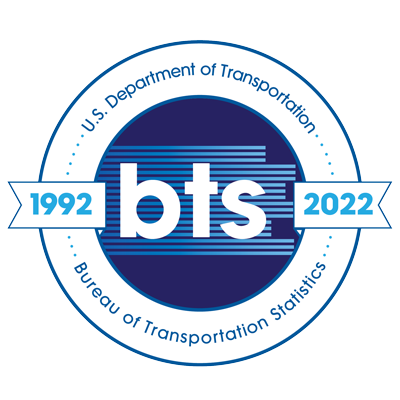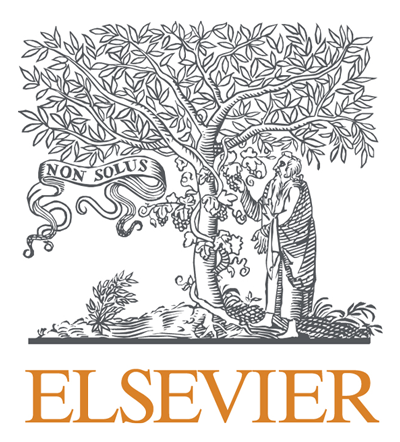Navigating water and sanitation environments in schools: exploring health risk perceptions of children with physical disabilities using drawing
Topics:
Keywords: Physical disability, Health implications, WASH, Drawing, Art-based methods
Abstract Type: Paper Abstract
Authors:
Urbanus Wedaaba Azupogo, Queens University
Elijah Bisung, Queens University
,
,
,
,
,
,
,
,
Abstract
Ensuring that everyone has access to safe water and sanitation is a key component of the United Nations Sustainable Development Goals (SDGs). Using drawing with children with physical disabilities, this study seeks to: (i) explore how children with physical disabilities navigate the water, sanitation, and hygiene (WASH) environment in primary schools; and (ii) explore the perceived health risks associated with the WASH environments in primary schools in Ghana. Children were given prompts to draw and write about the WASH environment in their schools. Then, follow-up interviews were held to elicit the thoughts behind the drawings. Thematic analysis of stories and drawings revealed many WASH challenges, including the lack of support systems to aid the usage of WASH services, inaccessible WASH environments due to overgrown bushes, filthy and unmaintained WASH facilities, and the lack of mobility aids and support from peers. Common health implications that children revealed included dehydration resulting from low water intake, diarrhea, vulnerability to abuse, and various forms of psychosocial stress. Results also revealed that the types of challenges students with physical disabilities face vary according to the type and severity of their disabilities. Achieving SDG 6, SDG 4 and SGD 3 require strategies to build safe and inclusive school environments that meet the needs of all persons.
Navigating water and sanitation environments in schools: exploring health risk perceptions of children with physical disabilities using drawing
Category
Paper Abstract








